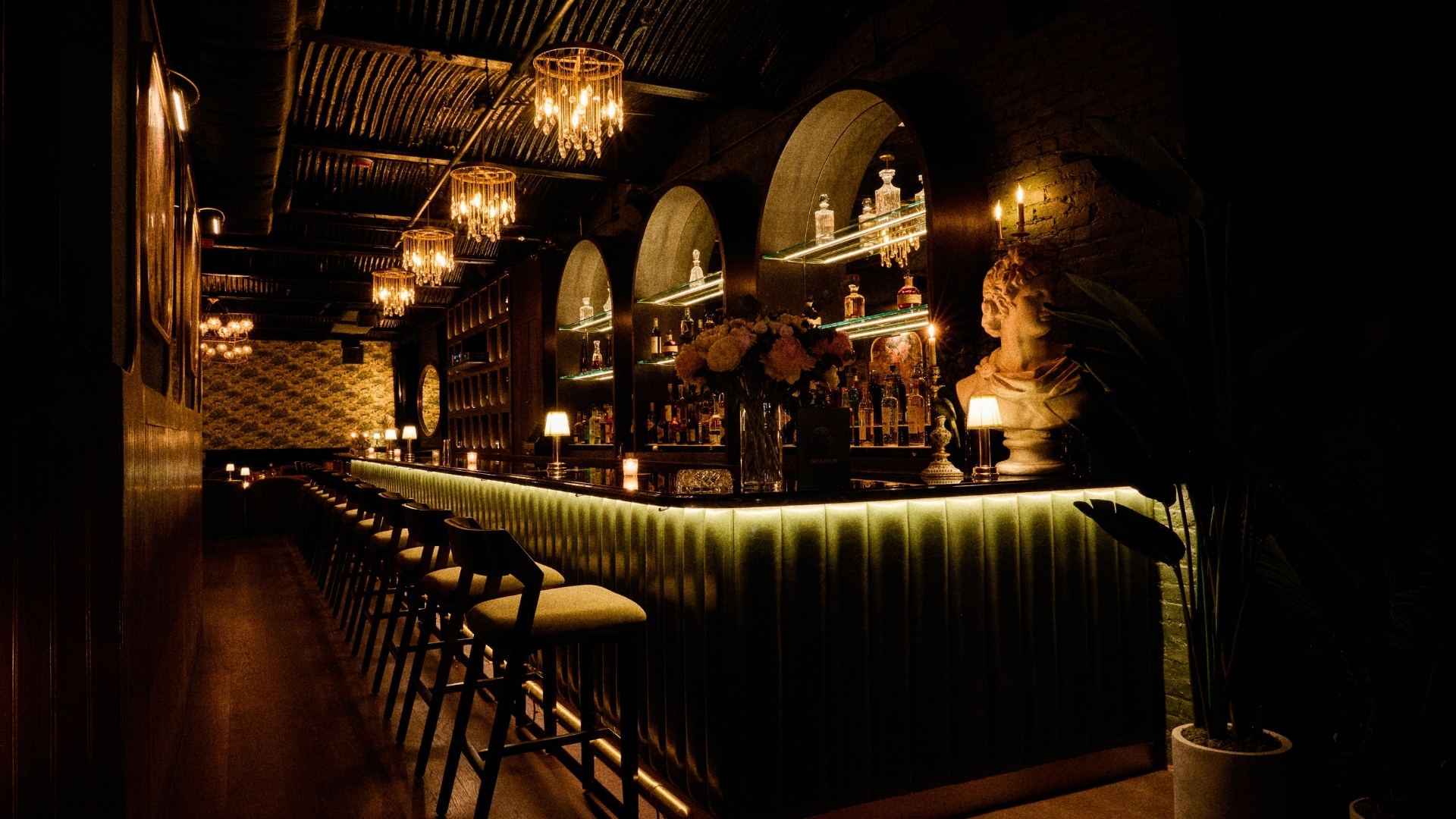The Survival of the Fittest
In addition to growing his chain, Sumner also changed the way exhibition companies presented films with the invention of the multiplex theater. The first of these was built in Worcester, Massachusetts, when Sumner purchased a single-screen theater and divided it into two.
“What I realized was that people used to go to drive-ins because it was the only way to see a movie if you lived outside the city. I also realized that the land the drive-ins were on was a lot more valuable than the drive-in operation would warrant, so that is when I started to think about building theaters in the suburbs,” explains Sumner.
Throughout his career, Sumner proved to be a shrewd investor. Most importantly, he has demonstrated a savant-like gift for predicting trends. In 1977, he went to a screening of Star Wars. Recognizing its potential, he immediately purchased stock in Twentieth Century Fox. He bought it at $8 a share and later sold it for $60 a share, making at least $20 million on the investment. Three years, later he began purchasing Columbia Pictures stock, which Coca-Cola later bought, resulting in a $25 million profit. Sumner also made about $15 million selling his MGM stock to Kirk Kerkorian.
Sumner seemed to be on a roll. Then the fire.
“I came out with the same character I had before the fire,” he says. “My priorities didn’t change, my values didn’t change, nothing changed. People think that this kind of event is a seminal moment that changes your life, but I stayed the same.”
Whether true or not, the fact remains that Sumner’s public life seemed to be accelerated from that day forward. Not only would his career become a how-to book for aspiring billionaires, but he would also become a prominent philanthropist, even helping finance the development of artificial skin for burn patients. (In April 2007, he announced a commitment of $105 million in charitable grants to fund research and patient care advancements in burn recovery and cancer to several non-profit organizations.)












